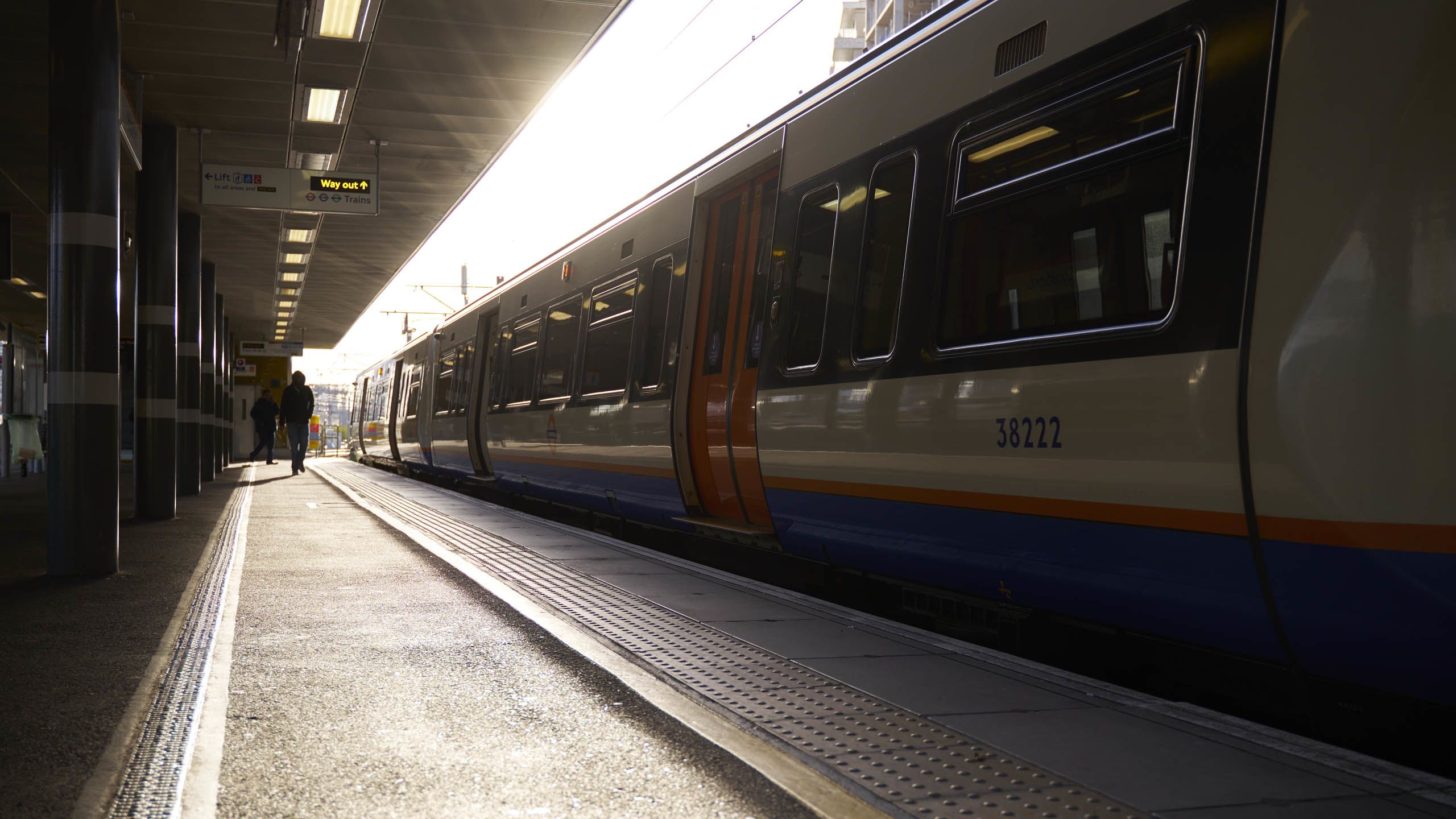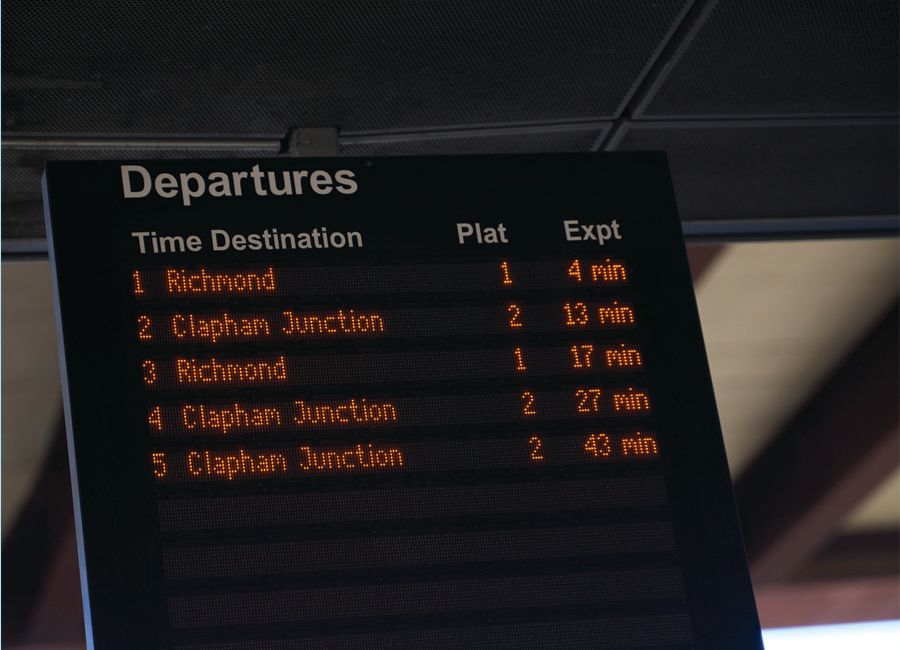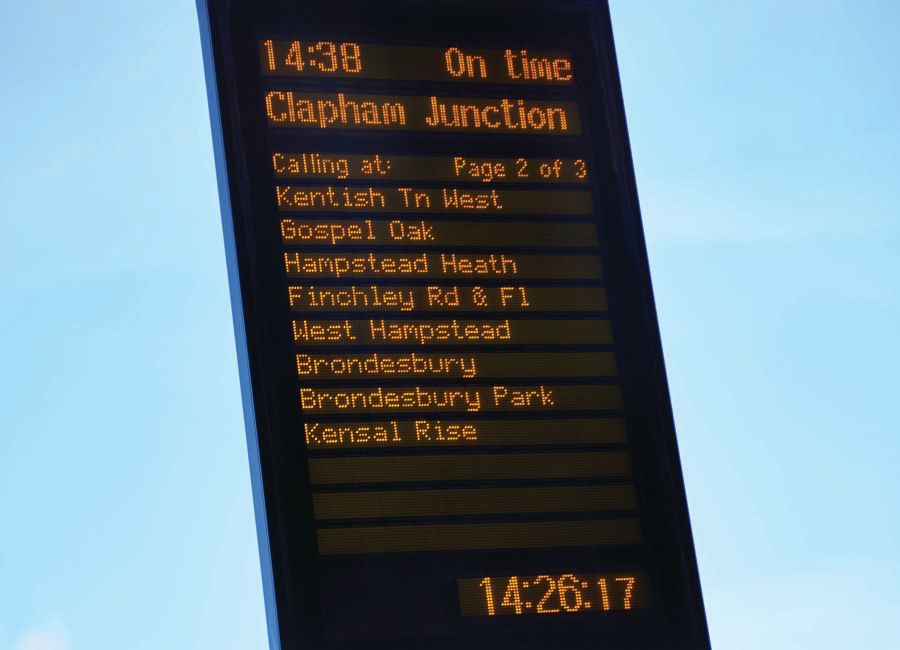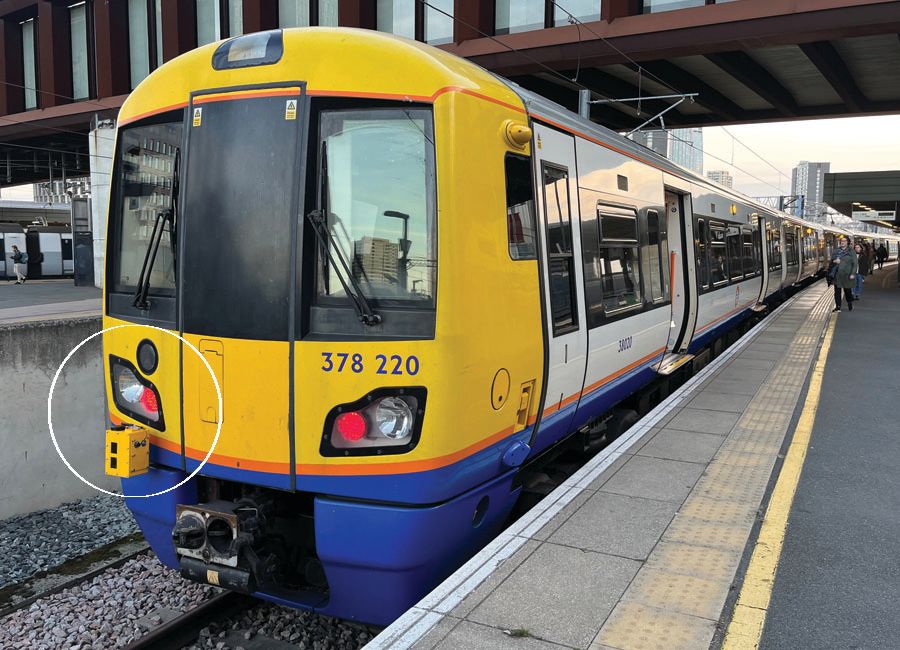STOPPING THE NLL FROM GOING SOUTH
Tackling train service performance on the North London Line is one of our key priorities

The North London Line (NLL), the busy stretch of railway between Stratford and Clapham Junction/Richmond, via the key interchanges of Gospel Oak and Willesden Junction, is a vital artery across the rail network. But it’s not performing as it should, so ARL and Network Rail are working together to tackle the issues.
Although there are mitigating factors – track congestion and ageing infrastructure in particular – there is plenty we can do to help reverse the line’s fortunes.
“How we boost right-time departures, particularly at Stratford, how we recover the train service after disruption, deal with fleet reliability and manage a significant number of passengers, not all of them well behaved. It’s a challenging mix, and that’s without the freight traffic too,” says Jon Bradley, head of performance delivery.
A new performance delivery group which includes two dedicated route operations managers from Network Rail is looking at how we drive operational focus across NLL and help our frontline colleagues continue to deliver the best possible service. One of its top priorities will be chatting with those working on NLL, getting their knowledge and experience to tackle specific issues.
The team is now working on a strategy and roadmap outlining key initiatives following an NLL summit in November, which brought together key stakeholders from ARL, Network Rail and TfL to help plot the way forward.
“We know that how we deliver the NLL at the moment probably worked six or seven years ago, but we have to accept it’s not working now and that’s why we’re stepping forward in terms of governance, bringing people together to change the way we operate,” says Jon.


Key areas of focus
“Stratford is a vital hub for us and we've recognised it’s where we need to see some improvement, particularly around how we manage platforms during disruption,” says Jon.
“The route operations managers have also identified that we could get better at reviewing how we manage train service following disruption, so again, with Network Rail, we’ve created a Service Delivery Group,” continues Jon. “This is made up of colleagues from our Control room at Palestra, together with those based at the NLL main signalling centre in Upminster and colleagues from Network Rail’s Anglia Control room in Romford. Our ultimate aim is to create a service delivery centre at Upminster so everyone delivering NLL day-to-day operations is in the same room.”
Keep up the good work
A key component of any improvement is bringing colleagues on the journey of improvement with us. “Our colleagues are already doing brilliant work and there’s no point having all these initiatives without the support of those out on the line day in and day out,” says Jon. “We know the challenges we have with the infrastructure we’ve got available and if you’re a driver or a station colleague, you have no influence on that.
“But what you can do is provide the best possible customer service. Make sure that your train is on time, that safety is in the forefront of your mind and please highlight any ideas and suggestions you may have to help drive us forward.”


Putting our thermals on!
We’ve been trialling the use of a fitted thermal imaging camera to the front of trains on a key section of the North London Line where the electrification is via conductor rail. High resistance connections generate heat which can lead to catastrophic failures, so detecting these hot spots using thermal imaging is critical to protecting infrastructure. Issues can be spotted and resolved quickly and means we don’t need to rely on the time-consuming manual inspections that are only planned every six months.





